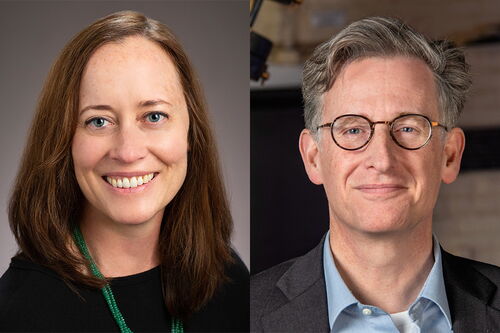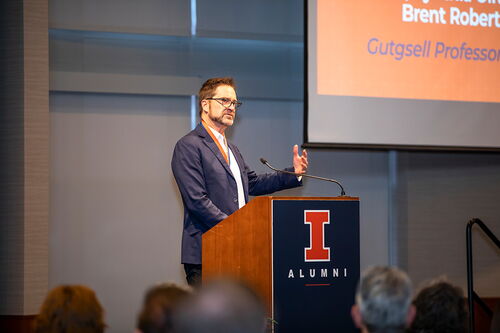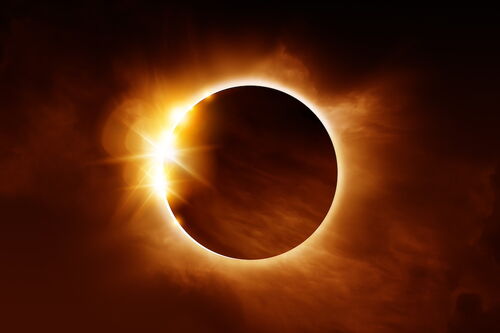The eyes on the time
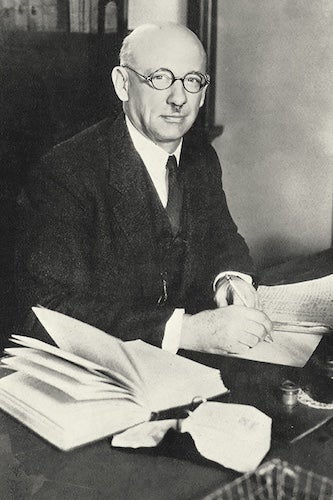
A student of astronomy might identify Joel Stebbins as the father of photoelectric photometry, a star-gazing technique so important that his workplace, the University of Illinois Observatory, was eventually named a National Historic Landmark. Not as many remember Stebbins for being the campus timekeeper and for being an influential advocate for the installation of chimes in Altgeld Hall.
Around the turn of the 20th century timekeeping was no simple task. The proper local time, in fact, was commonly provided by astronomers who did calculations by observing the positions of the stars.
“In the 19th century, it was common that local observatories provided or sold time to the communities,” said Michael Svec, president of the Friends of the University of Illinois Observatory.
“This was before standard time zones and telegraph/wireless broadcasts of time… An astronomer would observe the sky using a transit telescope, do some math, and then determine if the clock was running fast or slow.”
Accordingly, soon after the U of I Observatory was built in 1896, its first director, George W. Myers, argued in part for new assistants and equipment by noting that they could provide time readings to campus.
“As soon as our transit can be adjusted to the meridian we might furnish time for the university, if we could have someone whose work could be dropped, at any clear hour, for observation,” Myers wrote to President Andrew Draper in 1897. Later that year he proposed a coordinated system of clocks on campus, with the master clock being housed at the Observatory.
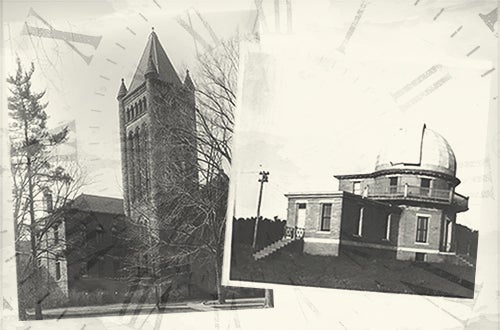
“This company (Self Winding Clock Co.) is also the dispenser of the privilege of connecting its clock system, by means of Western Union lines with the Naval Observatory of Washington, D.C., and synchronizing the local master clock with the normal clock of that observatory,” Myers said. “The latter privilege is of no importance to us since we can furnish just as good time as can the Washington observers.”
The university agreed to have the clocks installed. By 1905, however, the system was in disrepair, according to Stebbins, then an assistant professor who succeeded Myers as director of the Observatory in 1903. In February 1905, after a couple of years of wrangling with the clocks, he wrote an exasperated letter to President Edmund James.
“At present I am trying to keep four clocks correct within a few seconds, while there are 20 other clocks on this campus, some of which are often five to 10 minutes wrong,” he said. “I say with confidence that every clock on the campus is regarded with distrust. A student may set his watch by one of the university clocks and then, in the same building find another clock 10 or possibly 20 minutes different. I hold that a clock which is wrong is worse than no clock at all.”
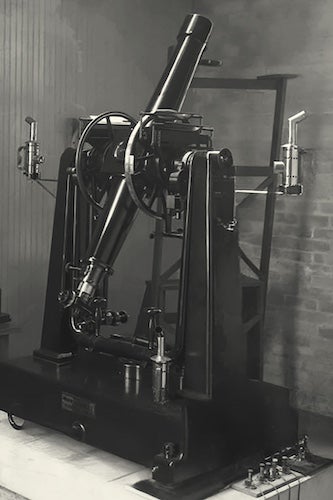
The very best timekeeping device for campus, Stebbins added, would be a tower clock with a bell or bells, and his proposed location was a new building that had been constructed just a few years earlier: Altgeld Hall. Stebbins wasn’t the first to propose chimes in the building—the Class of 1904 had considered the idea as a senior gift before ruling it out as too expensive—but the young astronomy professor generated serious discussions that eventually led to the chimes.
“Those who have lived near a set of good chimes agree that the music adds immensely to the spirit of the place, and people become very strongly attached to the bells,” Stebbins wrote, in early 1905.
James asked Stebbins to look into the matter, and by June 1905 the professor obtained a range of price quotes. One of the proposals from McShane Bell Foundry Company, which proposed a set of clock and chimes ranging in price from $7,500 to $15,000. James decided against it, but the company continued to send him sales pitches. In 1920, thanks to a senior class gift and money donated from the School of Military Aeronautics, the university installed chimes in Altgeld Hall. They came from McShane Bell Foundry Company.
As for campus timekeeping, the president moved the master clock out of the U of I Observatory in fall 1905, much to the relief of Stebbins, who said that maintenance of the clocks would best be handled by a mechanic. He offered to provide time readings for campus, but the university clocks were soon coordinated instead by time signals from the U.S. Naval Observatory. Stebbins used his time for other things; by then he was well on his way to becoming one of the most renowned astronomers in history.
Editor's note: This story originally appeared in the Spring 2024 issue of The Quadrangle.






